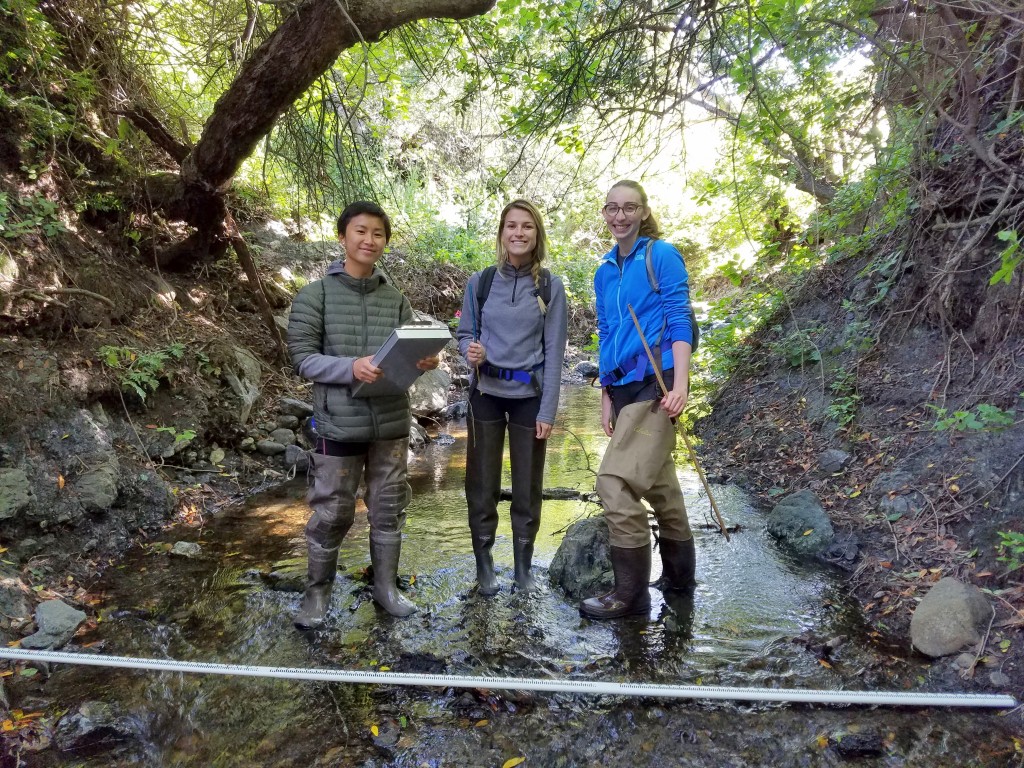As you know, 2017 has been a little rainy. Since the start of the 2017 water year, the county rain gauge at Camp SLO received 33.29″ of rain. This exciting water year has so far kept our staff busy collecting sediment samples, doing site checks to see if our equipment was still there and anxiously waiting for flows to subside to levels safe enough to monitor. This has also been enough rain to keep more sites wetted enough to conduct bioassessment surveys on. After a few years of only conducting about 5–7 surveys, for 2017 we had 12 sites on the docket!
This work would not be possible without the help of our amazing volunteers and the generous support of the Harold J. Miossi Charitable Trust. While dozens of volunteers give their time to collect the samples and other data each year, the Trust makes this monitoring and the expensive lab analysis possible. Since 2013, The Miossi Trust has given $40,000 to this effort. The data helps us understand the overall health of the creeks, and how well they support bugs and fish.
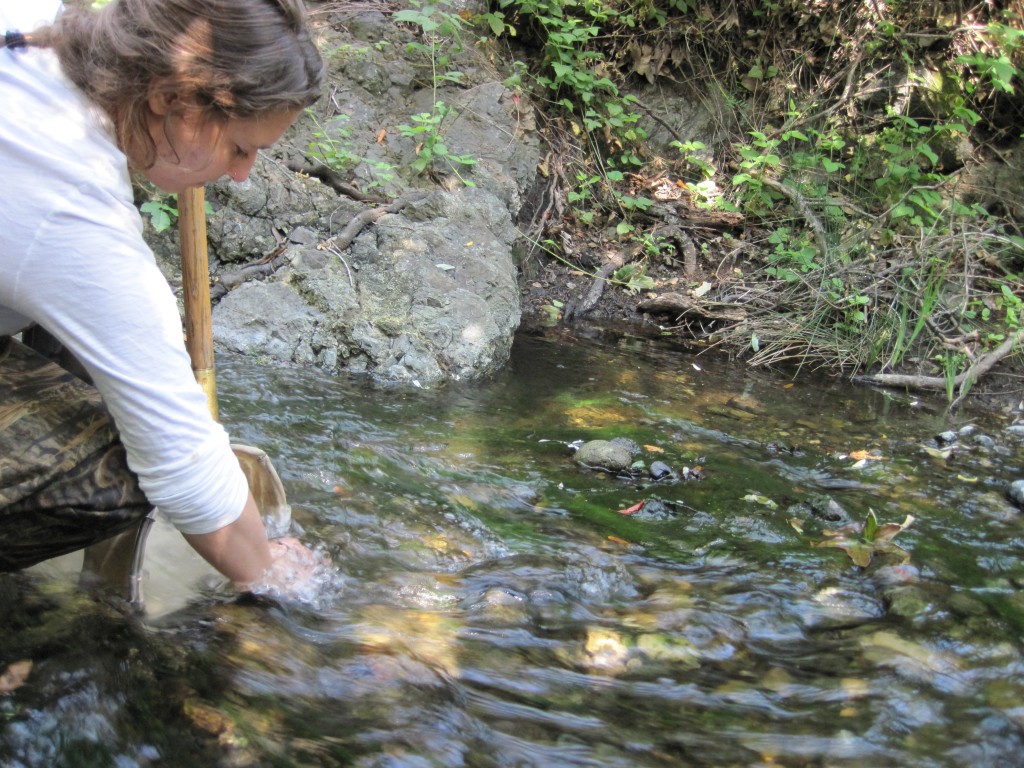
We completed 9 surveys during the month of May. Not including staff time, this effort took 21 volunteers and 87.5 volunteer hours to complete! These macroinvertebrate surveys are a great learning opportunity for college students in the area, looking to gain field experience. This year, most of our volunteers came to us through CalPoly and for many of them, this was their first time taking some of these field measurements, such as stream slope.
Stream slope is an important habitat feature for each stream section. More slope equates to more energy in the stream system and can have dramatic effects on the streams formation. Streams with steep slopes will have fast moving water and typically erode down to bedrock. Conversely, streams with more gradual slope will have slower moving water, resulting in more depositional features and pools. (Learn more about depositional environments here.)
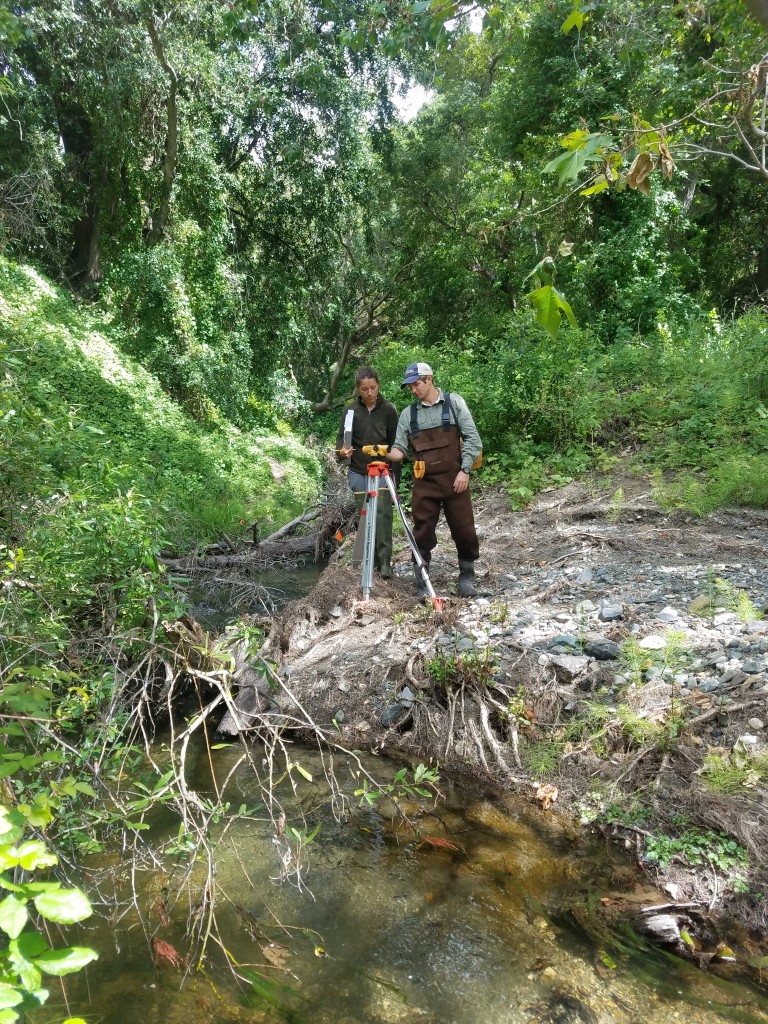
Our volunteers were excited to find so many caddisflies on the rocks on San Luisito Creek. Caddisflies are pollution intolerant, meaning they cannot live in streams with poor water quality. If you are interested in learning more about these cool macroinvertebrates, check out this awesome caddisfly video from KQED’s Deep Look.
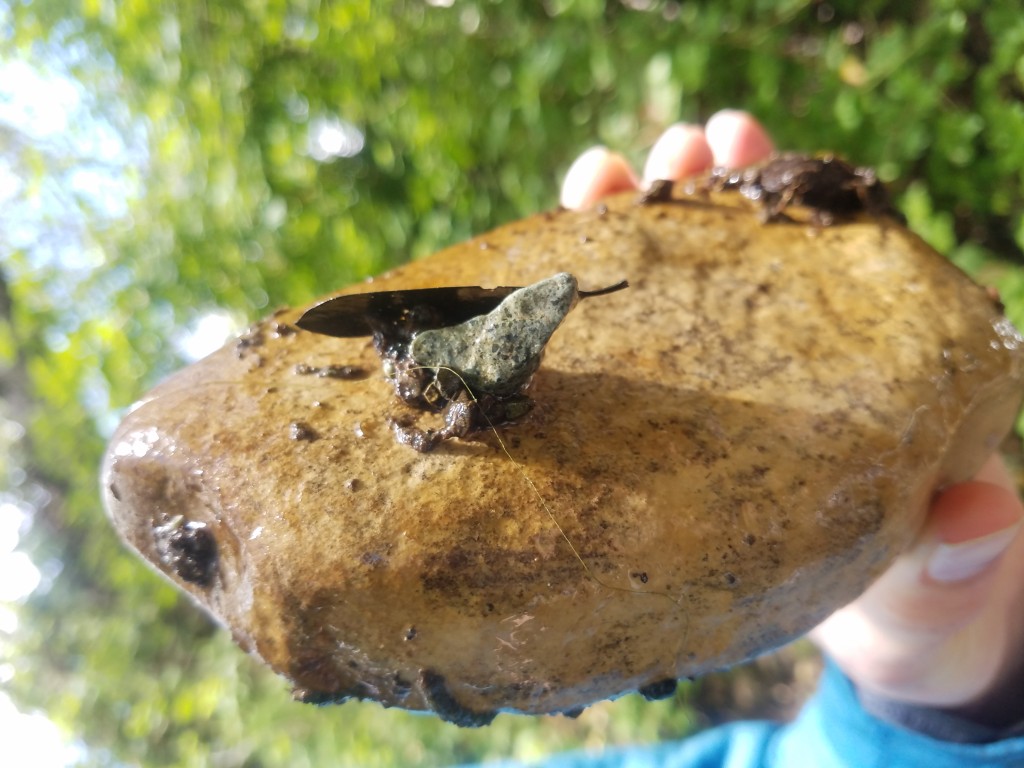
For those of you familiar with Montana de Oro, we have a monitoring location on Coon Creek, at the first bridge. Our staff was excited that there was enough water in Coon Creek, but a little apprehensive about how difficult the macroinvertebrate survey might be to complete.
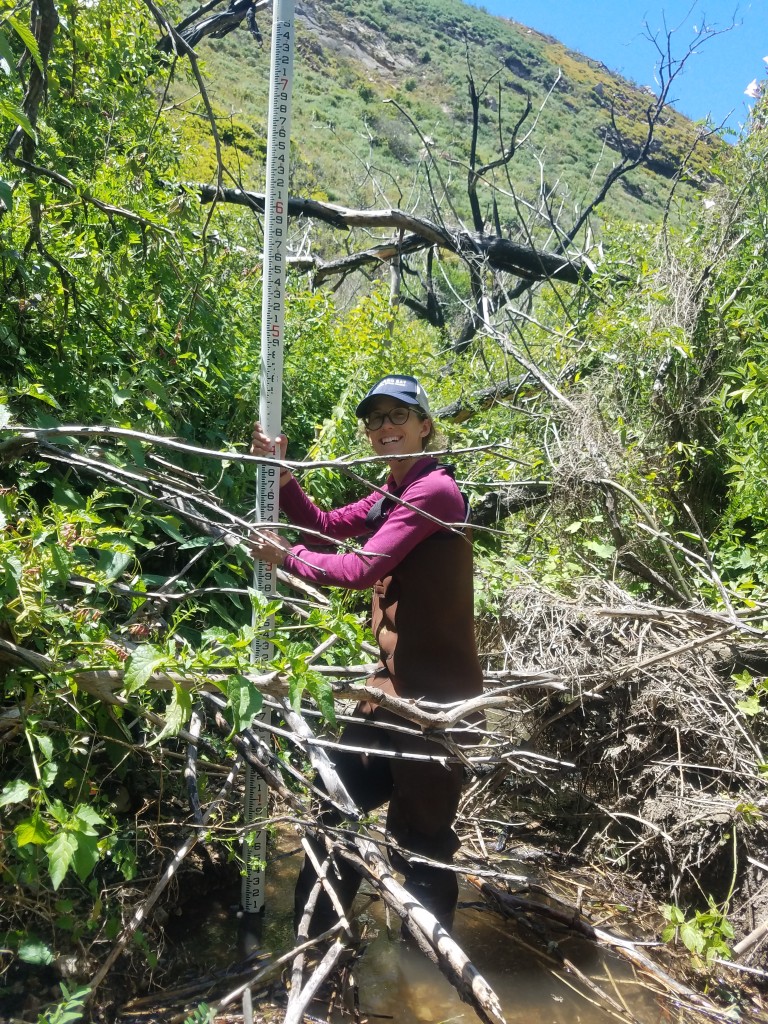
Though some of our surveys were a little brushy or had an extremely healthy poison oak population, we saw many gorgeous sections of the watershed.
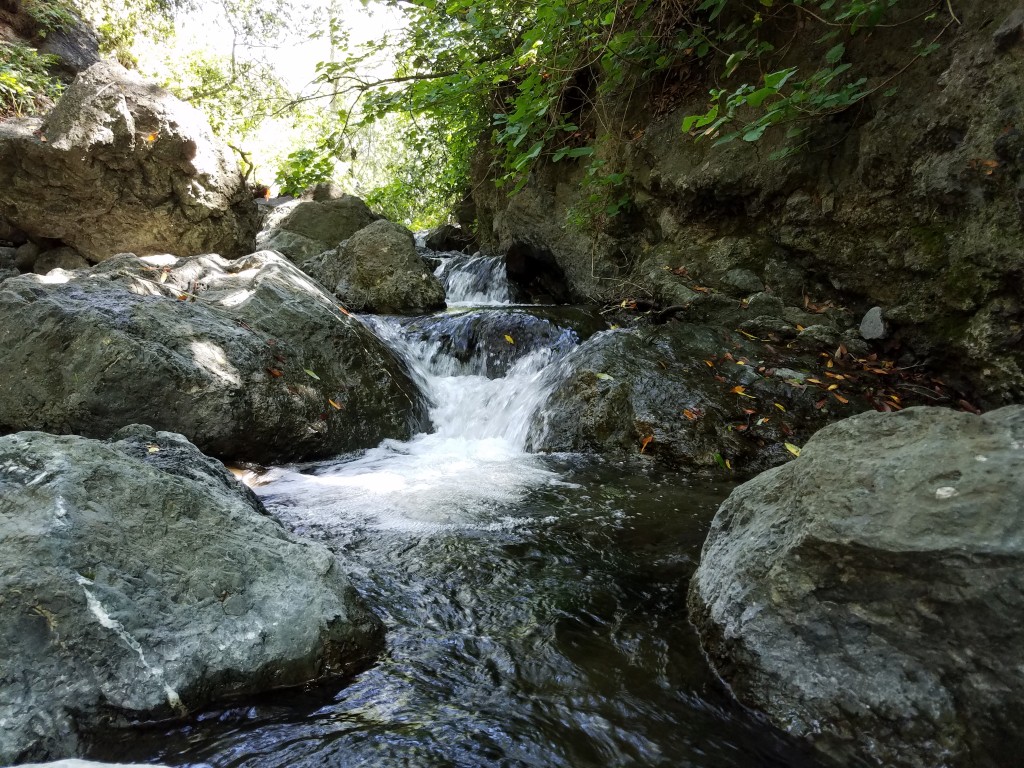
A huge thank you to all of our 2017 bioassessment volunteers. These surveys would not be possible without you!
